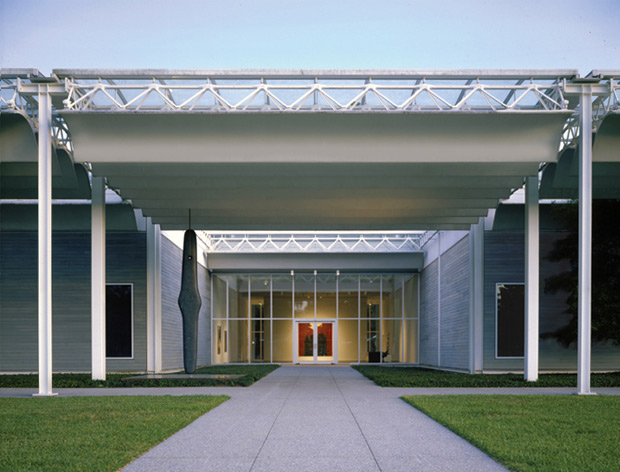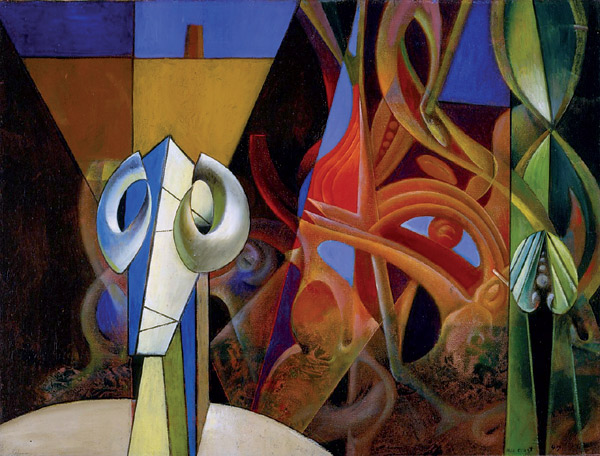The museum is dedicated to conserving and displaying the art collection of famous philanthropists of Houston, John and Dominique de Menil. The collection has diverse aspects of world culture. Culture and creativity, belonging to thousands of years of human civilization is housed here. The collection grows by the day. Known for its depth and variety, the art work has taken decades to assemble. Visitors spend time in quiet contemplation. You do not have to a pay a single penny to visit the Menil.
It is widely believed that Dominique de Menil wore fur coats with the lining on the outside because of the comfortable and luxurious feel. Her museum is similar. The exquisite masterpieces lie in the innermost areas. The façade of the museum is calm with no signs of being flashy.

Dominique de Menil met Renzo Piano. She chose him to design the museum, which today houses more than 15000 pieces of her art collection.
The Menils made an immediate impact on the city of Houston with a commitment to history and culture. They, thus, became the patrons of artists and artistic institutions. It was after the death of Jean de Menil that her private collection made it to the museum.
The museum was thrown open to the public in 1987. Dominique is said to have insisted on having natural light in the museum. The architect used innovative methods to create the lighting. The light changes according to the time of the day.
The architecture is soothing to the eye. The brown parquet floors and grey wooden panels blend well with the architecture of the rest of Houston. The museum is an oasis with its oak trees and vegetation. The courtyards are conservatory in nature.
The neighboring residences are owned by the Menil Collection. The rents help to outset the other costs. The free entry to the museum is keeping in mind Dominique’s view on art and the artist.

The visitor has nothing but art to focus on. The line that separates ancient and contemporary art is too thin.
The artwork is diverse from Robert Rauschenberg’s Glider to Rembrandt’s copper-plate etchings. René Magritte’s Golconde juxtaposes Byzantine icons. The Surrealists are said to have been inspired by Aboriginal art from Oceania and Africa. The Surrealist collection of art is the museum’s highlight.
The 1960s saw the de Menils influenced by post-war movements such as Expressionism, Pop Art, and Minimalism. The collectors made successful friendships with artists, including Jasper Johns, Andy Warhol, Yves Klein, and Robert Rauschenberg. The three famous paintings of Warhol include Big Campbell’s Soup Can, 19 Cents, and Lavender Disaster.
Contemporary artist, Cy Twombly, has garnered much fame for the hugely popular Say Goodbye, Catullus, to the shores of Asia Minor. A separate hall is also assigned for the works of Dan Flavin.
American Abstract Expressionist, Barnett Newman, will always be remembered for Broken Obelisk. The museum is also home to the Mark Rothko chapel and the only Byzantine chapel in all of United States. The famous 13th century fresco was ransomed by Dominique from art thieves. It was displayed in the museum after restoration work.
Giving a tag of a museum village is not considered inappropriate. Each artwork is like a treasure waiting to be explored.
Josef Helfenstein, the director of the Menil Collection, has equated the museum more to a poem rather than an encyclopedia.


Comments